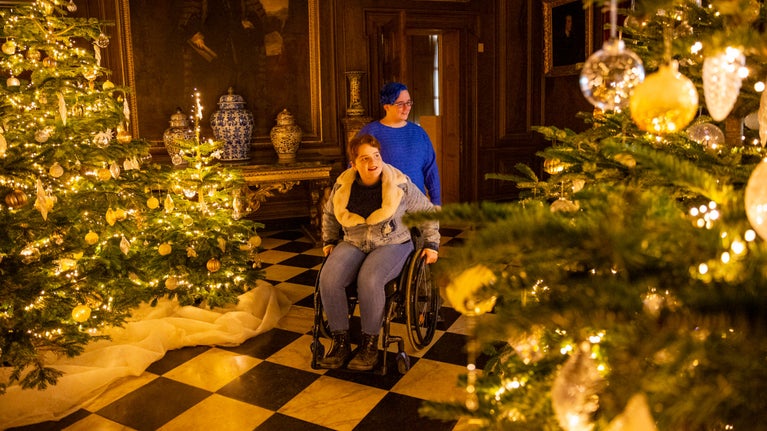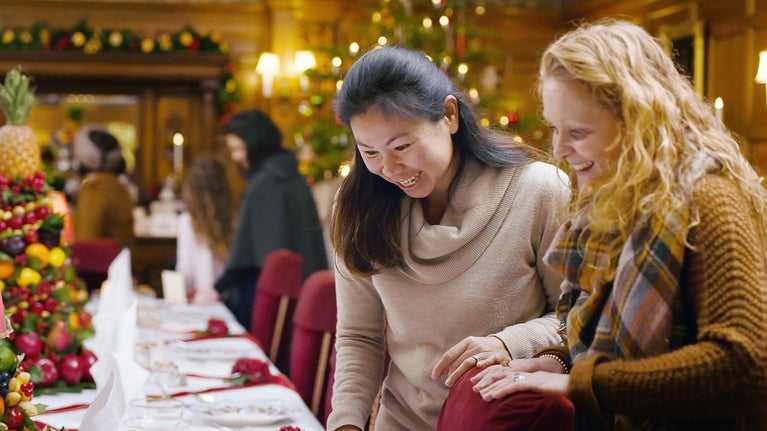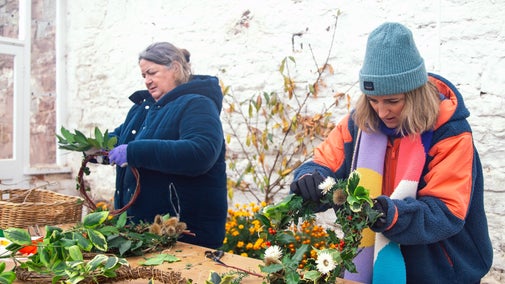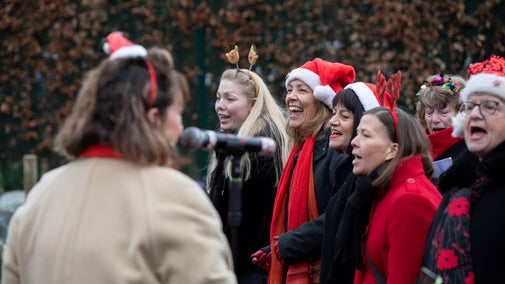
Where will you visit next?
Discover lots of gardens, historic houses, days out at the coast and more.

From winter illuminations to visiting Father Christmas, there's plenty of fun festive things to do at the places in our care. Plan ahead and find a Christmas event near you this year.
See your favourite places lit up with colour by visiting the best Christmas 2025 light trails and displays near you.

Plan a festive family day out and meet Father Christmas in his grotto. You can also settle down for a storytelling session or meet real reindeer at some of the places in our care this Christmas.

Step back in time and visit a historic house decorated for Christmas. Discover traditions from medieval to modern times, join in with crafting and carol singing, and celebrate the season.

Find perfect Christmas presents or stock up on seasonal treats and decorations at a Christmas market or winter fair.

Join a Christmas craft workshop in 2025 and learn how to create colourful decorations and memorable gifts, all in beautifully festive surroundings.

With carol services and choirs performing at many of the places we look after for Christmas 2025, you’ll find lots of ways to get in the festive spirit. Find a merry event near you.


Discover lots of gardens, historic houses, days out at the coast and more.